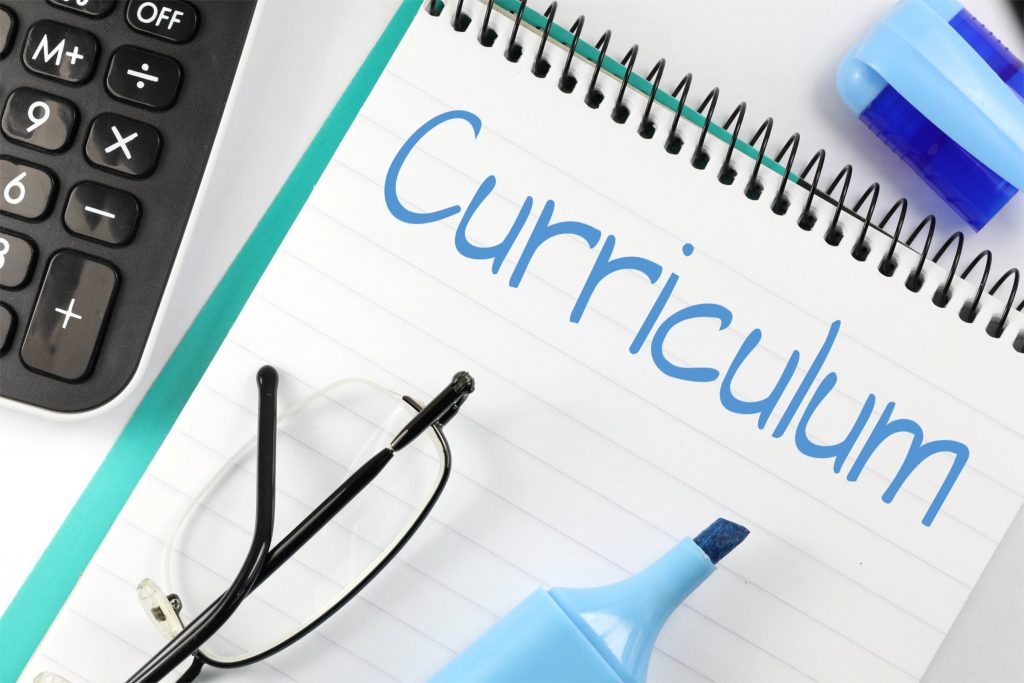A big part of teaching is preparing students to be citizens of the world, this used to be a fairly straight forward concept, now things have changed a little. We are no longer just citizens of the world, but are also citizens of the digital world. These two worlds are connected and also very different in many ways.
So what exactly is digital citizenship? According to Mike Ribble’s article Nine Elements, it can be broken down into nine parts; digital access, digital commerce, digital communication and collaboration, digital etiquette, digital fluency, digital health and welfare, digital law, digital rights and responsibility, and digital security and privacy. Together these elements are a way to keep yourself and others safe and respected in regards to digital citizenship. For me the most important part is digital health and welfare.
I searched through the Saskatchewan Curriculum for connections to Digital Citizenship and started looking at the younger grades since those are the grades I am hoping to teach when I am finished my schooling. There is a lot about respecting oneself and others which ties into both the real world and the digital world, but most connections in the younger grades were more real life experiences and not virtual ones. Though I do think it is important to teach aspects of the online community at a young age, it is a bit more complicated as most online experiences are fairly simple and often under the supervision of an adult.

When looking in the Grade Five Health Curriculum, I was able to find some good connections. Learning outcome “USC5.4 Analyze the connections between personal identity and personal well-being, and establish strategies to develop and support a positive self-image” (Saskatchewan. ND) had a lot of indicators that worked well with exploring ones’ digital image and others digital image. Indicator “k. Identify misunderstandings and/or misconceptions related to messages in the media that may misinform the public about identities (e.g., portrayal of violence, ethnic, gender, and racial bias) (Saskatchewan), would be a good place to start when discussing digital identity and citizenship. Learning to respect oneself and others online is such an important lesson to learn. Making students aware of misinformation and misunderstandings that can happen online is critical. Mental health is of utmost importance in students’ lives, and learning to care for oneself online is a part of this.
In the classroom I would like to ensure students are fully educated about their digital citizenship, so they are able to be online safely and effectively. There are so many useful tools for online learning and I would like to take full advantage of these as I am sure many students will find them helpful and enjoyable. Having students create a portfolio of learning is something I would like to try doing. It would give them a place to keep all of their work and have the ability to go back and see how much progress they have made though out the year. Students could interact with each other and learn about each other as they create personal aspects of their portfolio, all of this while learning about digital citizenship.
Recent Comments